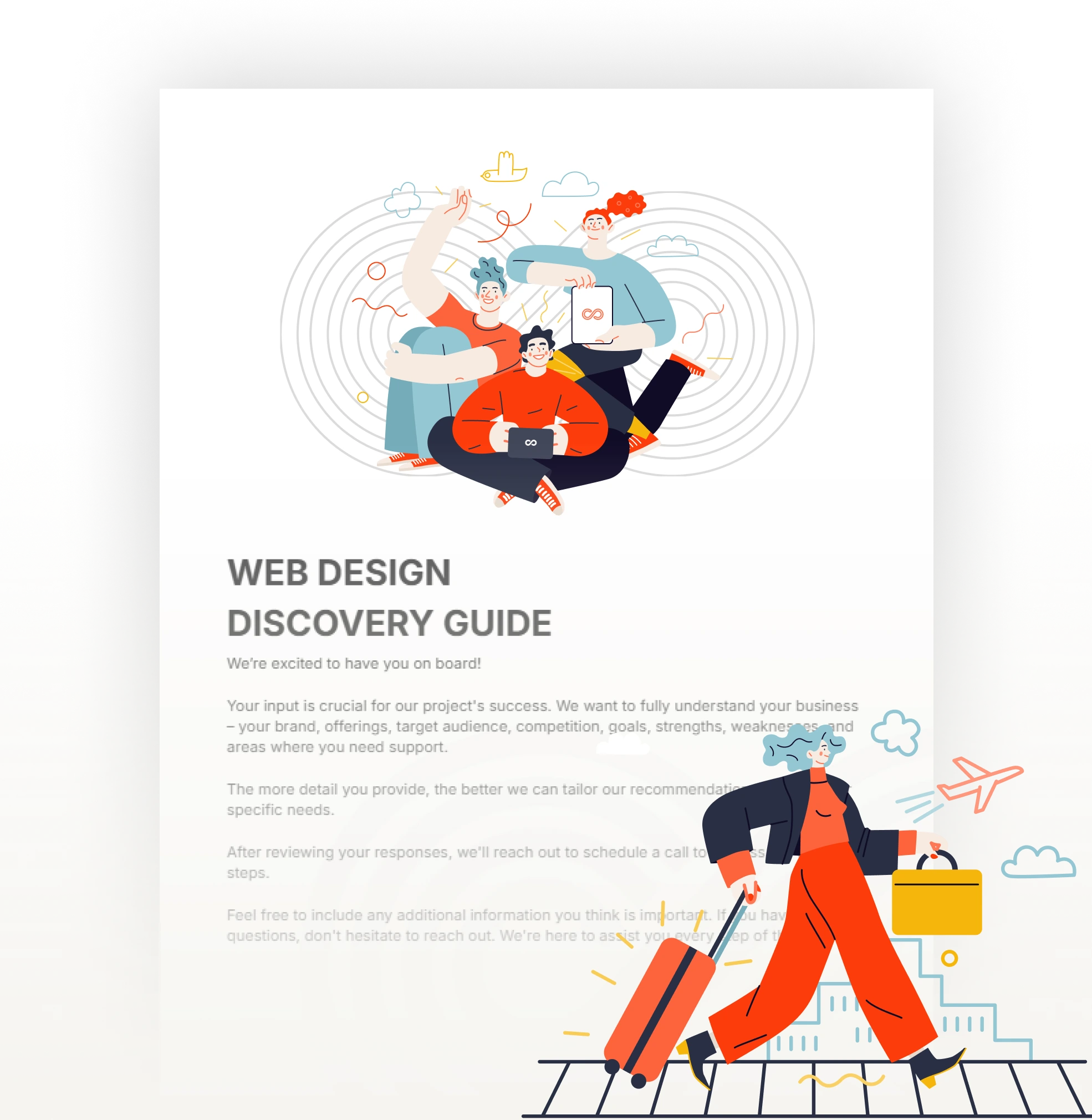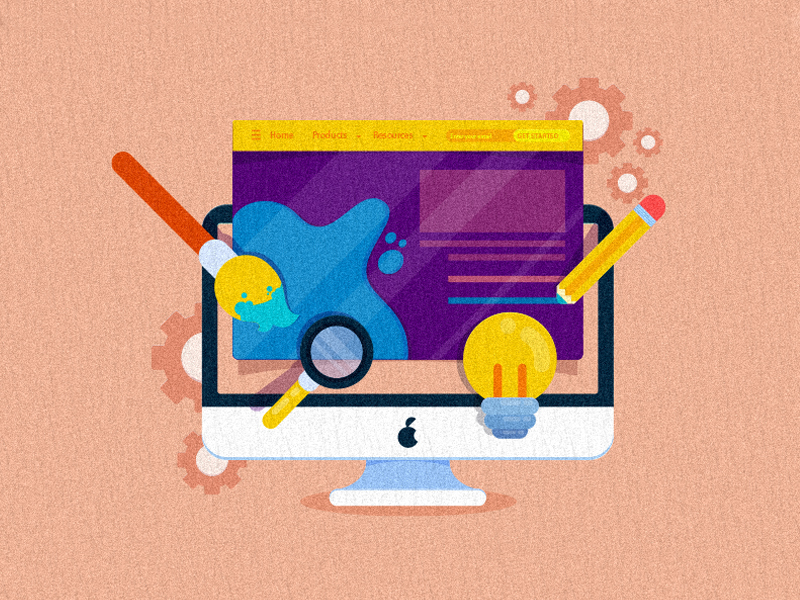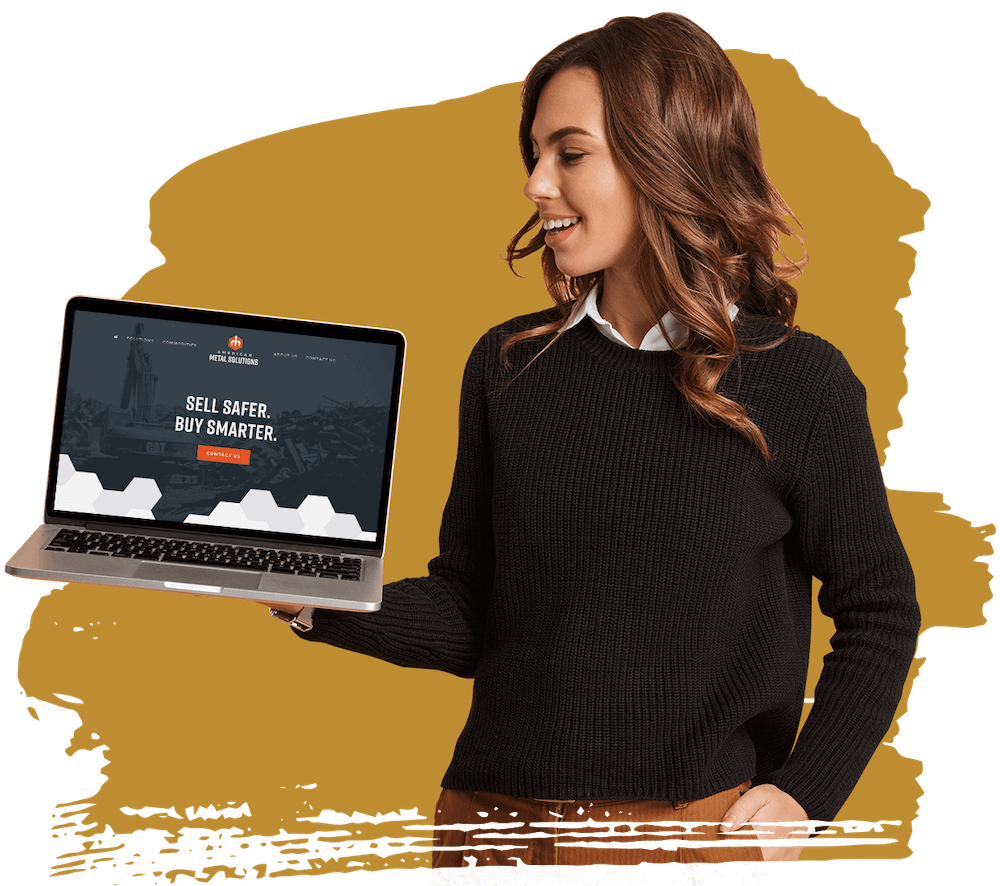Affordable Aligned Position Web Design: Top-Notch Web Design Services at Competitive Prices
Affordable Aligned Position Web Design: Top-Notch Web Design Services at Competitive Prices
Blog Article
The Very Best Kinds Of Web Style to Enhance Individual Experience and Involvement
In the ever-evolving landscape of digital communication, the efficiency of Web style substantially influences individual experience and interaction. Numerous style methods, such as minimal, responsive, and interactive formats, each deal one-of-a-kind benefits that can cater to diverse individual requirements.
Minimalist Web Design
As digital landscapes become progressively chaotic, minimal website design has arised as a powerful strategy to boosting individual experience. This style viewpoint focuses on simplicity, concentrating on vital aspects while eliminating unnecessary disturbances. By using enough white area, uncomplicated navigating, and a limited shade scheme, minimal design fosters clarity and directs customer focus to vital material.
The core principle of minimalist Web design is to produce a seamless communication for customers. By lowering cognitive load, users can promptly grasp info without feeling overwhelmed. This direct method not only enhances use yet also encourages interaction, as site visitors are a lot more likely to explore a site that is easy and aesthetically enticing to navigate.
Additionally, minimal design frequently emphasizes typography and images, making use of these components strategically to share messages efficiently. This concentrate on important parts can boost brand name identity and develop a remarkable customer experience. Essentially, minimalist Web design is not simply a trend; it is a thoughtful methodology that identifies the importance of user-centered style. By removing extraneous components, developers can produce an extra interesting, effective, and satisfying Web experience for all customers.
Receptive Web Design
In today's diverse electronic setting, receptive website design has become necessary for producing a seamless user experience throughout a wide variety of devices. As individuals accessibility internet sites on mobile phones, tablets, desktops, and laptops, the ability of an internet site to adapt its format and content to various display dimensions and resolutions is important.
Receptive Web style uses flexible grids, pictures, and CSS media queries to guarantee that Web material is provided efficiently, no matter the gadget used. This technique not only improves the aesthetic appeal of a website yet also substantially improves usability. Customers are most likely to involve with a website that supplies a constant experience, as it gets rid of the aggravation of needing to zoom in or scroll excessively.
By embracing receptive design, companies can enhance their visibility and reach a wider target market. In recap, receptive Web layout is an essential method that boosts customer experience, involvement, and general fulfillment.
Interactive Website Design
Responsive Web design lays the groundwork for improving user experience, however interactive website design takes this an action even more by involving customers in a more dynamic method - Aligned Position Web Design. By including elements such as computer animations, clickable prototypes, and real-time feedback, interactive Web layout astounds users, drawing them into a richer surfing experience
This technique not just promotes interaction yet likewise encourages individuals to check out material proactively instead of passively eating it. Strategies such as gamification, where users make rewards for completing jobs, can substantially boost the time spent on a site and enhance overall complete satisfaction. Additionally, interactive functions can streamline complicated details, making it more satisfying and digestible.

Including interactive layout components can also cause higher conversion rates, as customers are more probable to involve with a website that proactively involves them. Aligned Position Web Design. Ultimately, interactive website design changes user experiences right into unforgettable journeys, making sure that visitors return time and again
Flat Layout
Characterized by its minimalistic approach, level design highlights simplicity and capability, removing unneeded elements and concentrating on necessary functions. This layout philosophy focuses on usability, making sure that individuals can browse interfaces effortlessly and performance. By utilizing a tidy visual, level layout removes the clutter typically discovered in more ornate designs, More Info thereby improving customer focus on material and functionality.
The trademark of flat layout hinges on its use vibrant colors, simple typography, and geometric shapes. These aspects add to an aesthetically attractive user interface that is both approachable and contemporary. In addition, flat layout fosters a feeling of quality, allowing individuals to recognize important actions and details without distraction.
Moreover, level layout is particularly reliable in receptive Web layout, as its simplicity converts well across numerous gadgets and display dimensions. By focusing on important attributes, flat style not only fulfills customer demands yet additionally motivates seamless communication, making it a vital part of efficient Web layout strategies.
Flexible Web Layout
Flexible website design customizes the individual experience by creating numerous fixed layouts customized to various display sizes and devices. Unlike responsive style, which fluidly readjusts a solitary format, flexible design employs distinctive formats for specific breakpoints, making sure ideal presentation on various platforms. This discover this technique allows designers to focus on the special qualities of each gadget, boosting functionality by supplying exactly what users require based upon their context.
One of the main benefits of flexible Web layout is its ability to optimize tons times and efficiency. By offering tailored content and images that fit the individual's gadget, internet sites can reduce information usage and enhance loading rates. This is particularly helpful for users with slower links or minimal data strategies.

In addition, adaptive style facilitates a much more regulated and constant branding experience. Since designers develop several layouts, they can make sure that the visual aspects align with the brand name's identity across different systems - Aligned Position Web Design. This leads to a natural customer experience, improving engagement and advertising customer retention
Verdict
To conclude, the combination of minimalist, receptive, and interactive website design principles dramatically improves customer experience and interaction. Minimal layout promotes clearness and focus, while responsive style makes certain adaptability across different tools, advertising access. Interactive design astounds individuals through vibrant elements, motivating expedition and personalization. Collectively, these style comes close to add to the creation of straightforward atmospheres that not only improve satisfaction but also drive higher conversion prices, emphasizing their vital relevance in modern website design methods.

Minimalist design promotes clearness and emphasis, while receptive layout makes certain flexibility across numerous tools, promoting availability. Collectively, these layout approaches add to the creation of user-friendly settings that not just enhance satisfaction yet likewise drive higher conversion prices, emphasizing their vital importance in contemporary Web style techniques.
Report this page